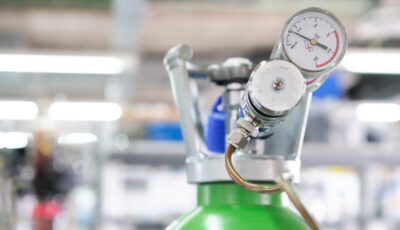Lateral Top Off Schedule – Ethanol Dehydration Units
Lateral Design Top Off Schedule Sample for Ethanol Dehydration Units
General Guide to Topping Off Laterals
Below is a general schedule for topping off new bead installations in lateral designs*
It is imperative to ensure lateral beds for ethanol dehydration units are topped off, meaning that beds are frequently filled with new beads, to prevent sieve bead degradation such as excessive attrition, abrasion, and more. The following top off schedule is a guide and not a universally applicable schedule, top offs may need to occur either more or less frequently depending on each unique system and varying operating conditions.
During each Phase, there is often a different frequency in the need to check for top offs. If the ethanol dehydration units have any free space, be sure to fill the units with new beads to prevent damage to the molecular sieve material.
- Phase 1: Check one (1) time per shift during the first week
- Phase 2: Check one (1) time per day during the first month, after the first week
- Phase 3: Check one (1) time per week during the second and third month
- Phase 4: Check two (2) times per month between months three and six
- Phase 5: After month six, check for top offs during the regular Plant Maintenance schedule, but no less than once per month
DISCLAIMER NOTICE
*This is not a binding or official top off schedule. Individual needs for top offs can vary depending on your specific ethanol dehydration units, since each is uniquely built. The above information is for general reference and guidance purposes only, Hengye does not accept any responsibility for actions based on the information above. Each reader/operator must consult equipment/operation manuals, the plant engineering/design company, and the plant/equipment builder before performing any work. Hengye Inc. provides this general recommendation to highlight the importance of top offs and in attempt to protect the end user and their investment in our quality material but does not claim or accept any responsibility for top off maintenance.


